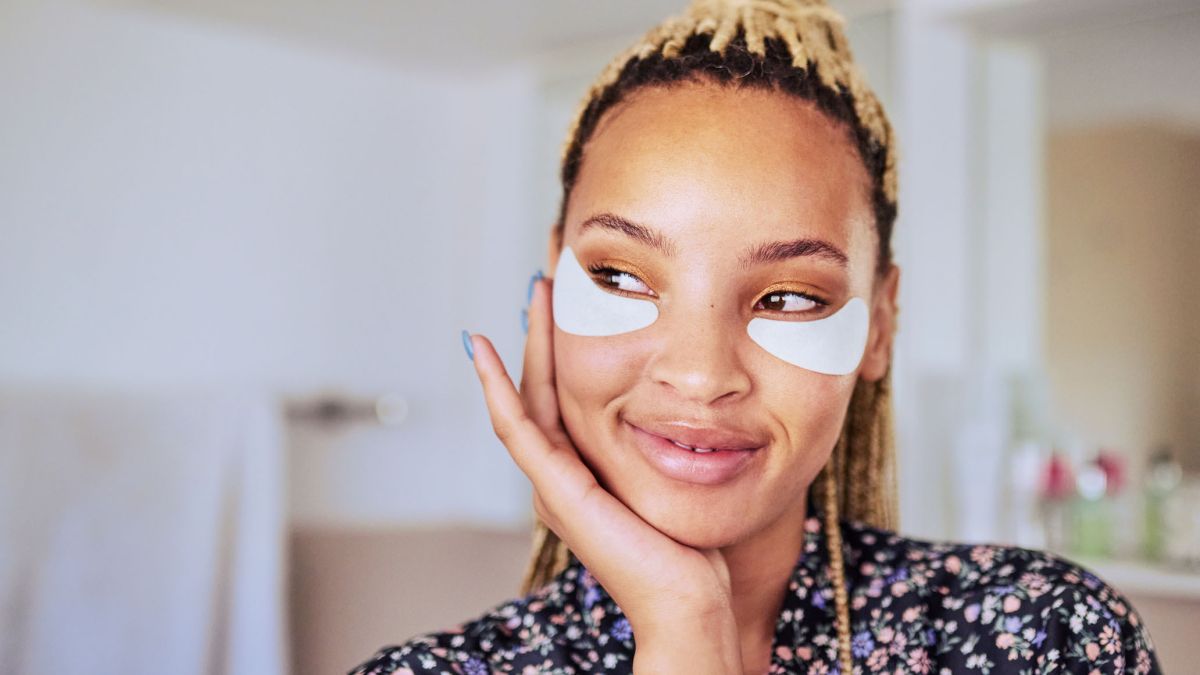Oculoplastics includes a variety of surgical procedures that relate to the orbit (eye socket), eyelids, tear ducts, and the face. The following is a list of common oculoplastic related disorders.
Ochsner Health is a system that delivers health to the people of Louisiana, Mississippi and the Gulf South with a mission to Serve, Heal, Lead, Educate and Innovate.






